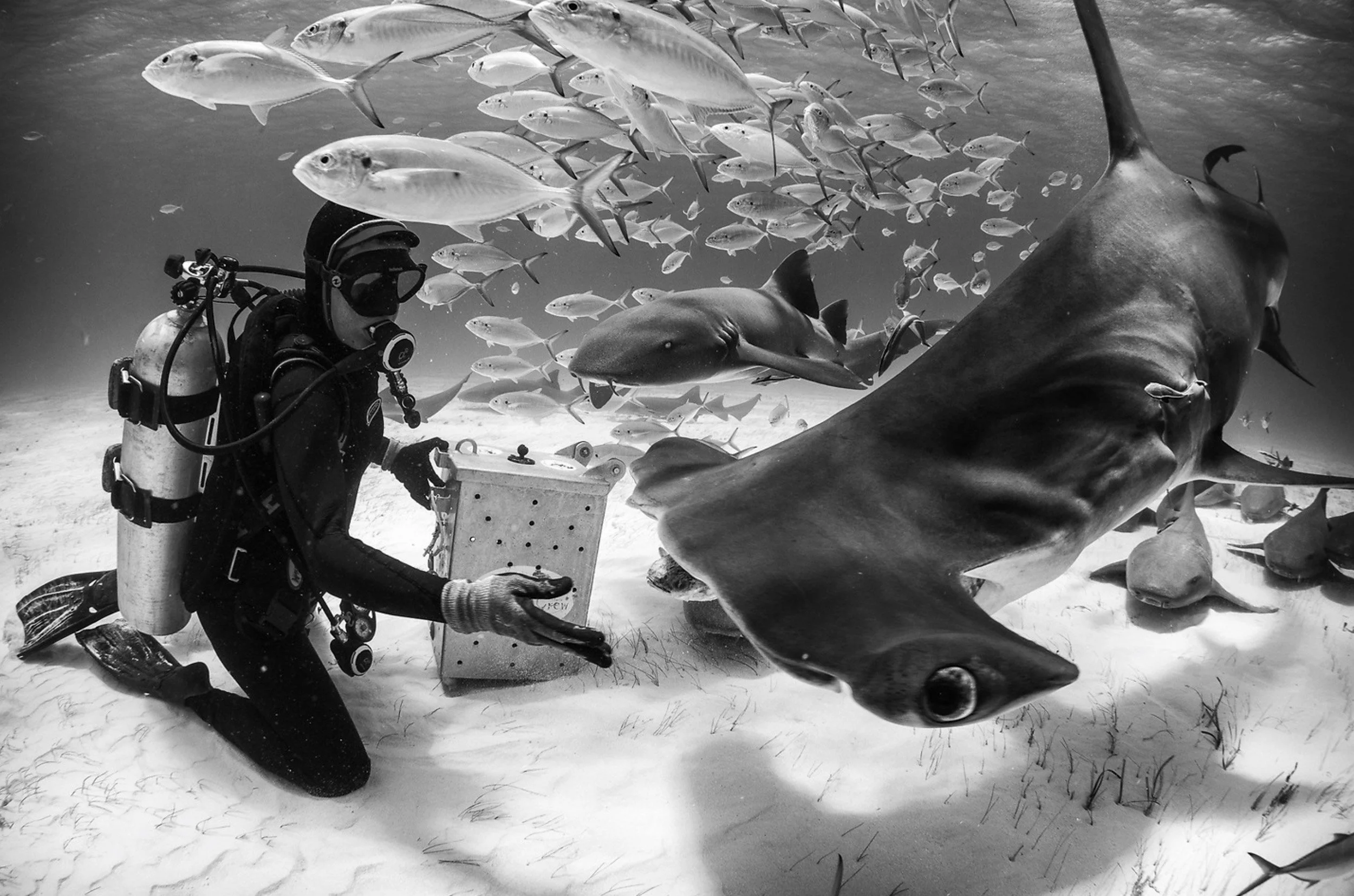#504 WHAT MAKES A GOOD PHOTOGRAPH?
FEATURING PHOTOGRAPHER AND MENTOR DAVID DUCHEMIN
Today, step into an imaginary theatre of the mind with us for a special Photowalk edition. In this “Audience With” format, I invite David duChemin, world-traveller, humanitarian photographer, author, and longtime teacher of vision to field ‘your’ questions as live. With no script, no filter, we explore everything from what makes a good photograph and how to discover your personal voice, to why failure is often the spark for growth. Alongside stories of his photographic and life experiences, his philosophy about creative courage, and the inevitable doubts every artist faces, this episode offers an intimate glimpse into the mind behind the camera.
Email your stories, thoughts, and pictures to the show. If you can optimize/resize photos to 2,500 pixels wide, that’s always much appreciated. If you’d like to support this show and have access to further content and the midweek Extra Mile show, we’d welcome you as an EXTRA MILER. There’s also our thriving Facebook group, a safe place to meet and talk with photographers of all interests, the Photowalk YouTube channel, plus the show is featured on Instagram, VERO and X.
As well as our Extra Milers, we’re also supported by our friends at Arthelper.ai who make marketing easier, helps more people find your work, and keeps your voice true—so you can get back to what you love most: making art. Enter PHOTOWALK at checkout to receive 30 days of the pro version free.
PLEASE HELP TO BUILD OUR COMMUNITY BY SHARING THIS EPISODE TO YOUR FAVOURITE SOCIAL PLATFORMS
LEARN:
MORE ABOUT names, words, THE MUSIC and places FROM TODAY’S SHOW
Steve McCurry’s 1984 Afghan Girl photograph captures the haunting, green-eyed gaze of Sharbat Gula, a refugee in a Pakistani camp, becoming one of National Geographic’s most iconic images and a symbol of the human cost of conflict.
Best known as the creator of Calvin and Hobbes, Bill Watterson redefined what comic strips could be: philosophical, tender, irreverent, and deeply human. His work balanced humour with reflection, capturing both the wonder and the bewilderment of growing up.
Known for his vast fields of colour on canvases, Mark Rothko sought to paint human emotion rather than form. His work invites stillness and reflection, asking not what you see, but what you feel when faced with pure colour and space.
Renowned for his wry wit and impeccable timing, Elliott Erwitt captured the poetry of everyday life through moments of humour, tenderness, and irony, from presidents to poodles.
Discover a different side of Pablo Picasso: the sketches, letters, and lesser-known experiments that reveal the restless mind behind the legend, from forgotten ceramics to the notebooks that shaped his most daring periods.
Being John Malkovich is a surreal, darkly comic film that explores identity, desire, and the absurdity of self, a reminder that slipping into someone else’s mind can reveal far more about our own.
Often called the painter of light, J.M.W. Turner captured the power and drama of nature like no one else. His paintings of storms, ships, and sunsets pushed colour and atmosphere to new places, showing how beauty and chaos often share the same sky.
Kelvin Brown’s flickr Photowalk inspired group - join by invite by clicking on to THIS LINK.
MUSIC LINKS: Semo and Louis Island wrote today's playout song Home. Music on the show is sourced primarily from Artlist and also features in Michael Brennan’s Spotify playlist GoFoto. For Apple Music users, follow this playlist.
CLICK LINKS FOR OFFERS AND SUPPORTERS
THE SHOWPAGE GALLERY
DAVID DUCHEMIN
Today’s guest David duChemin travels the world making and telling stories. Photographs copyright. Not to be reproduced or used without express permission from the photographer.
VIDEO LIBRARY
The following videos or subjects are referenced within today’s show.
A quote from this film is cited today, an inspirational quote from A League of Their Own.
A reference to the ‘Comedian’ film from today’s interview with David duChemin.
Neale references this film within the conversation today, although as you will see by the clip, it’s a surreal film!
We talk on the show today about seeing a need, and filling a need when it comes to niche. The cartoon character Bigweld is cited as an example.






